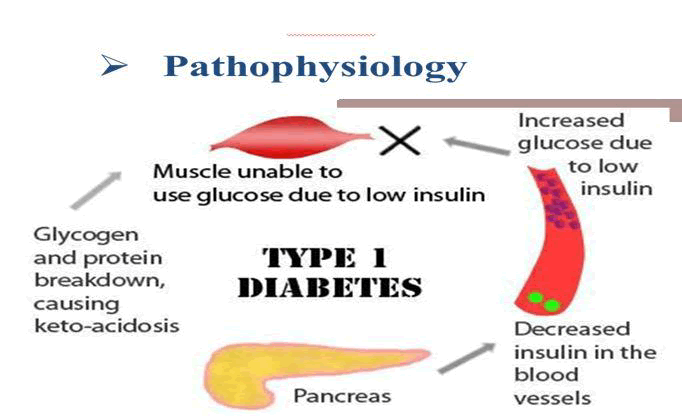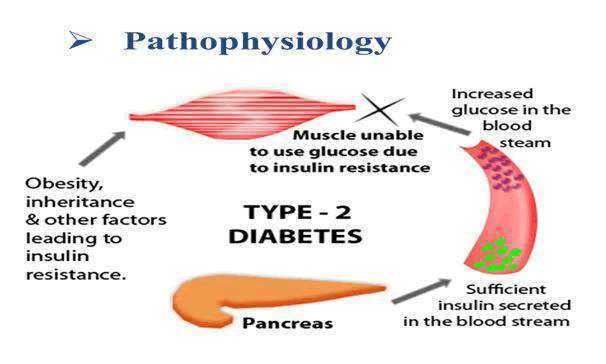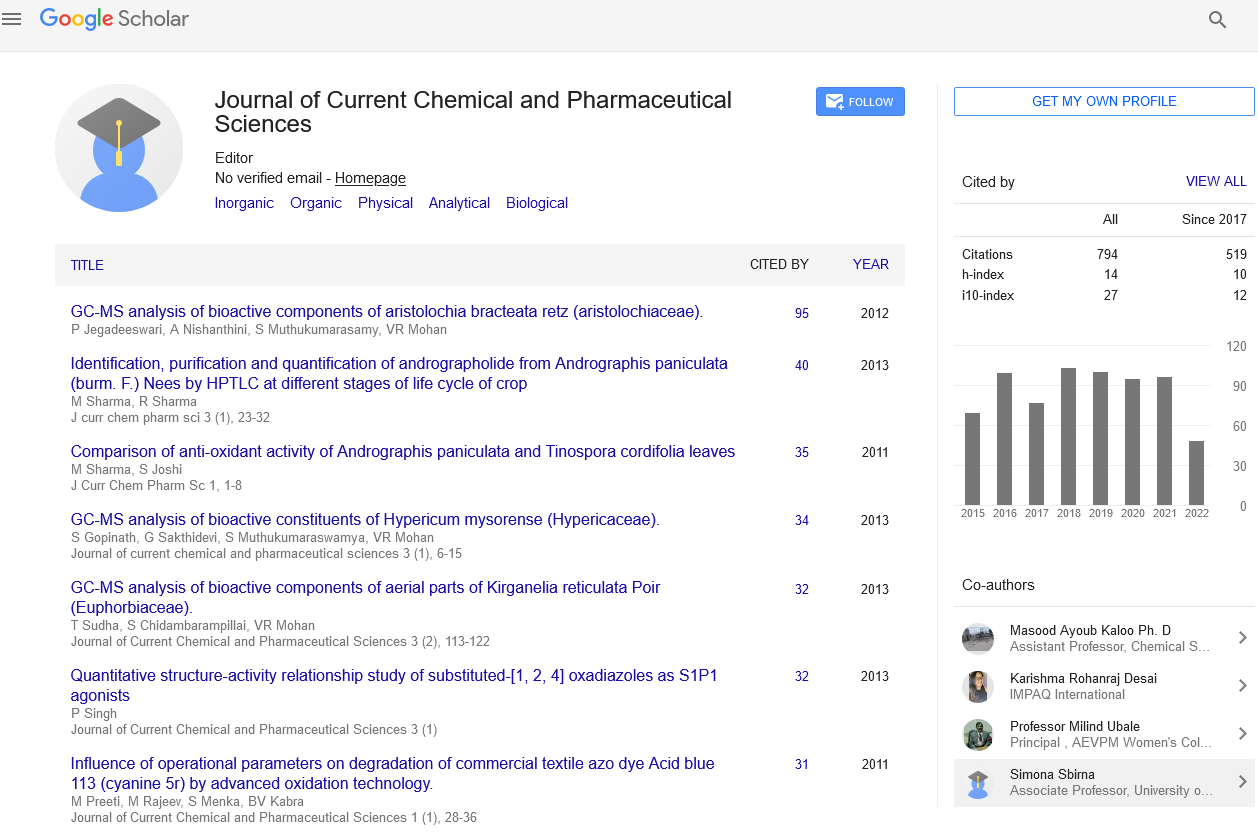Research
, Volume: 15( 1)Evaluation of antidiabetic activity of some marketed polyherbal formulations in alloxan induced diabetic rat
Mahesh D Kolhe*
Department of Pharmacy, College of Pharmacy, Parbhani, India.
*Corresponding author: Kolhe DM, Department of Pharmacy, College of Pharmacy, Parbhani, India; E-mail: maheshpatil.mp431@gmail.com
Received: July 22, 2021; Accepted: August 05, 2021; Published: August 12, 2021
Abstract
Antidiabetic drugs are used in diabetes to treat diabetes mellitus by lowering glucose levels in the blood. These are administered either orally called as oral hypoglycaemic agents or insulin preparations by parentraly. The selection of anti-diabetic drugs depends on the nature of the diabetes, age and situation of the person, as well as other factors such as diabetic complications, insulin resistance etc. There is a proportional increase in demand for herbal products both locally and internationally. A large number of polyherbal preparations have been reported to possess antidiabetic activity over last several decades. Evaluation have been done for antidiabetic activities of four different marketed polyherbal formulation and its protective effects against diabetic complication. A survey was carried out for the selection of marketed polyherbal formulation, which is based on similar ingredients, belief of formulation, frequently sales of formulation and price range of formulation. For the evaluation of antidiabetic activity alloxan induced diabetic rats model was used and Glimiperide as standard drug. Selected polyherbal formulations viz. PD1, PD2, PD3 and PD4 showed good antidiabetic activity; when comparision is done in between selected formulation PD1shows potential antidiabetic activity. Blood glucose levels in diabetic rats and different parameters of diabetic complications like serum SGOT, SGPT, Triglyceride, Cholesterol, LDL, HDL, and VLDL as a marker for liver abnormalities, kidney abnormalities (Nephropathy) , hyperlipidemia and organ weight variation showed significant change (P<0.05) with Polyherbal formulations as compared to diabetic control groups.
Keywords
Polyherbal formulations; Alloxan; Antidiabetic activity; Diabetic Complications
Introduction
Diabetes is one of the first diseases described with an Egyptian manuscript from c. 1500 BCE mentioning “too great emptying of the urine.” The first described cases are believed to be of type 1 diabetes. Indian physicians around the same time identified the disease and classified it as madhumeha or honey urine noting that the urine would attract ants. The term "diabetes" or "to pass through" was first used in 250 BC by the Greek Apollonius of Memphis [1].
Diabetes mellitus is a metabolic disease characterized by high blood glucose level resulting from defects in insulin secretion insulin action or both, becomes the rule.
Magnitude of the problem
India has the largest diabetic population and one of the highest diabetes prevalence rate in the world with high mortality and morbidity rate associated with diabetes. Diabetes shows highest occurrence between age group in year 45 to 64 (42% of total diabetic patient) and 25 to 44 (23% of total diabetic patient) According to recent estimates, approximately 285 million people worldwide (6.6%) in the 20-79 years age group have diabetes in 2010 and by 2030, 438 million people (7.8%) of the adult population, is expected to be diabetic. The largest number will take place in the regions dominated by developing economies. International Diabetes Federation (IDF) estimate that, 50.8 million people suffer from diabetes in India.
Types of diabetes mellitus
In this type, there is a absolute deficiency of insulin; it is called as IDDM because regular insulin injections are required to prevent death. It is known as juvenile onset diabetes because it is most commonly develops in people younger than age 20 years, although it persists throughout life IDDM appears to be an autoimmune disorder. Once in which person’s immune system destroys the pancreatic beta cells that occur in genetically susceptible people.
Materials and Methods
This type represents more than 90% of all cases of diabetes. Types II diabetes most often occurs in people who are over 40 Since type II diabetes usually occurs later in life, it is called maturity onset diabetes. Clinical symptoms are mild and the high glucose levels in the blood. Usually can be controlled by diet, exercise and weight loss. Sometimes, antidiabetic drugs are needed. Most of these drugs stimulate insulin release from beta cells of pancreas (Figures 1-2).
Results
List of Chemicals, Drugs and Kits
| Sr. No. | Drugs and Chemicals | Manufacturer |
|---|---|---|
| 1 | Alloxan monohydrate | MolyChem Chemical Company, Mumbai |
| 2 | Dimethyl sulphoxide | Loba Chemie Pvt. Ltd. Mumbai |
| 3 | Glimiperide | Medley Pharma Ltd. Mumbai |
| 4 | Lactose | Loba Chemie Pvt. Ltd. Mumbai |
| 5 | GOD-POD kit | Ambica diagnostic, Parbhani |
| 6 | SGOT-SGPT kit | Ambica diagnostic, Parbhani |
| 7 | Triglyceride kit | Ambica diagnostic, Parbhani |
| 8 | HDL kit | Ambica diagnostic, Parbhani |
| 9 | Cholesterol kit | Ambica diagnostic, Parbhani |
Each value represent as mean S.D ± n=6; *: Significant difference (P<0.05 or less),**; highly significant difference when compared with positive control, #: no significant difference when compared with standard, by ANOVA all formulation shows significant difference (p<0.05 or p<0.001) when compared with positive control; GLU=Glucose; SGPT=Serum glutamate pyruvate transaminase; SGOT=Serum glutamate oxaloacetate transaminase; TC=Total cholesterol; TG=Triglyceride; LDL= Low density lipoprotein; HDL= High density lipoprotein; VLDL= Very low density lipoprotein [2].
Disscussion
Herbal medicine is the oldest form of healthcare known to mankind. Herbs had been used by all cultures throughout history. Diabetes mellitus has been identified by Indian council of medical research (ICMR) as one of the refractory diseases for which satisfactory treatment is not available in modern allopathy system of medicine and suitable herbal preparations are to be investigated [3]. A large number of polyherbal preparations have been reported to possess antidiabetic activity over last several decades.
The present study was aimed to evaluate the antidiabetic activity of some marketed polyherbal formulations. For the selection of marketed antidiabetic polyherbal formulation was carried out a survey from local market of Nanded and Udgir. The survey was carried on some basic parameters i.e. similar ingredients, belief of formulation, frequently sales of formulation and price range of formulation. On which four marketed polyherbal formulations viz. PD1, PD2, PD3, and PD4 have been selected for antidiabetic activity.
For evaluation of the selected polyherbal formulations for antidiabetic activity experimental groups were treated with standard (Glimiperide) and test formulations in alloxan-induced diabetic rats by testing its effect on fasting blood glucose level using autoanalyser glucose kit. Alloxan monohydrate, at a dose of 120 mg/kg body weight, caused sufficient damage to pancreatic β cells, so that secreted insulin was not enough to regulate blood glucose and resulted to a significant increase in blood glucose levels. Alterations of lipid profile are common in diabetic conditions.
In the report of IOM (International Organisation of Migration) it has been estimated that until 2050 there will be 200 million climate refugees [4].
After completion of the study protocol, it was found that with test and standard treatment, the serum level of glucose improved significantly (P<0.05) as compared to diabetic control. In comparative evaluation all formulations found to be effective. The formulation PD1 was found to be more efficacious as compared to others in lowering the blood glucose level. The significant antidiabetic activity of formulations is due to inhibition of free radical generation and subsequent tissue damage induced by alloxan or potentiation of plasma insulin effect by increase of either pancreatic secretion of insulin from existing beta cells or its release from bound form as indicated by significant improvement in glucose level [5].
Conclusion
The different parameters of diabetic complications like serum SGOT, SGPT, Triglyceride, Cholesterol, LDL, HDL and VLDL as a marker for liver abnormalities, kidney abnormalities (Nephropathy) and hyperlipidemia were performed and It reveals that polyherbal formulations showed significant protective activity (P<0.05) against diabetic complications
References
- Asanga E, Patrick EE, Eseyin AO, et. al. Hematological parameters of alloxan-induced diabetic rats treated with ethanol extracts and fractions of nauclea lafiloia leaf, Eur Scic J. 2013;9:203-210.
- Abdirahman Ya, Juma KK, Mukundi MJ, et. al., The hypoglycemic activity and safety of aqueous stem bark extracts of acacia nilotica. J Drug Metab Toxicol. 2015;6:2-9.
- Bastaki S. Review Diabetes mellitus and its treatment, Int J Diab Metab. 2005;13:111-134.
- Bhowmik D, Kumar KPS, Srivastava, et al. Traditional Indian herbs punarnava and its medicinal importance, J Pharm Phyt. 2012;52-57.
- Surya DS, Patra VJ, Dinda SC, et al. Diabetes and Indian traditional medicines an overview, Int J Pharm Pharm Sci. 2012;4:45-53


